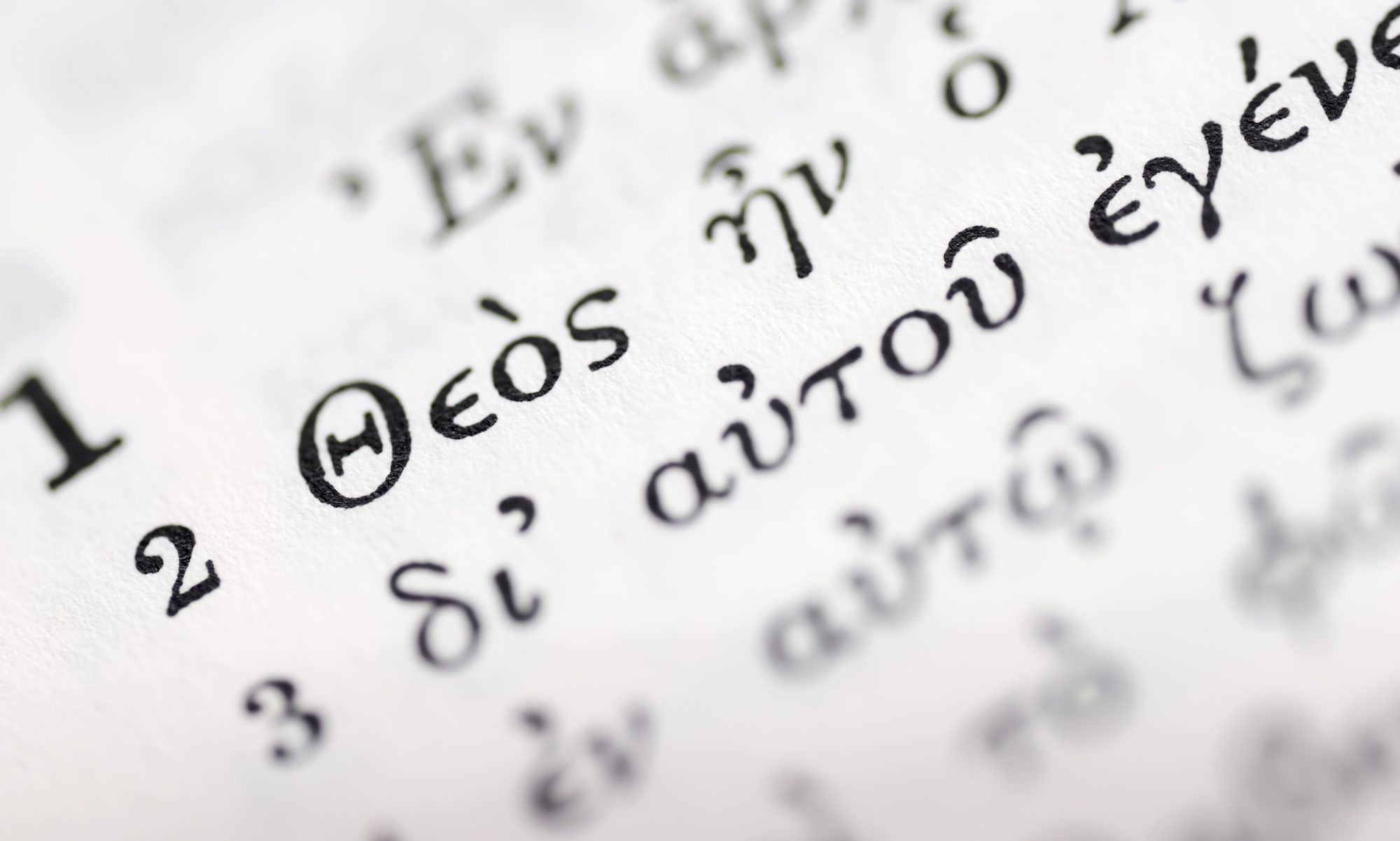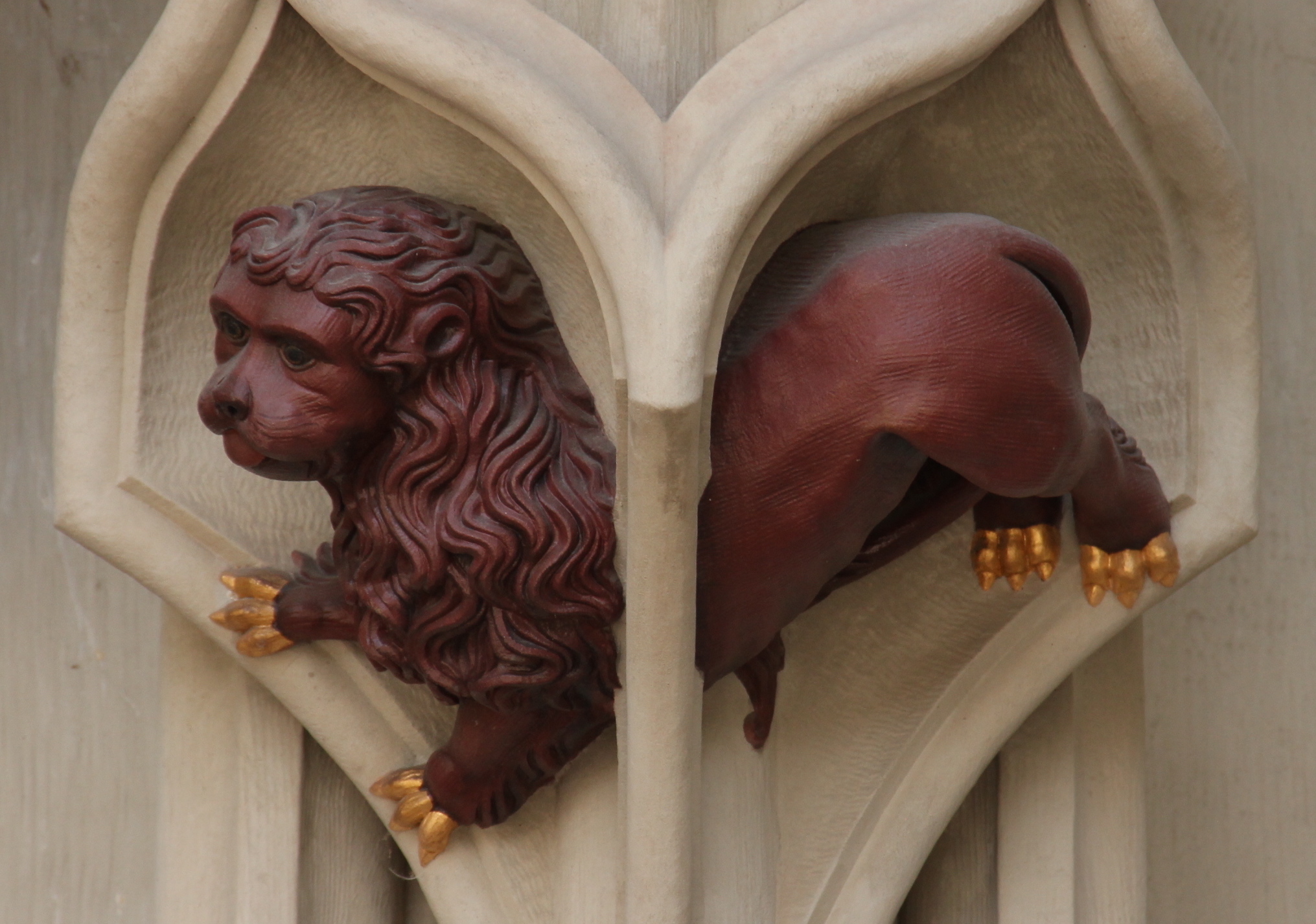Das ‹Evangelium der Natur›: Der griechische Physiologus und die Wurzeln der frühchristlichen Naturdeutung
The ‹Gospel of Nature›: The Greek Physiologus and the Roots of Early Christian Interpretation of Nature
Warum ist der Pelikan ein Symbol Christi und was hat ein Igel mit dem Johannesevangelium zu tun? Antworten auf solche Fragen findet man im Physiologus, einer kleinen in griechischer Sprache verfassten Schrift, die sehr wahrscheinlich in der zweiten Hälfte des 2. Jhdt.s n.Chr. in Alexandrien entstanden ist. Sie ist die erste allegorische Interpretation der Natur im Bezug auf biblische und christliche Motive und fand schon in der Antike eine breite Verwendung (bspw. von Klemens von Alexandrien oder Origenes). Im Mittelalter, der Blütezeit der christlichen Allegorie, ist das Werk dann fast in alle Kultursprachen übersetzt worden und von diesem Moment an ist es bis heute in einer neuen Form der gut bekannten Bestiarien auf der ganzen Welt im Umlauf.
Das Ziel des Projektes ist die biblischen und besonders die neutestamentlichen Wurzel ausgewählter Motive, wie man sie in den allegorischen Interpretationen der Tiere, Steine und Bäume des griechischen Physiologus findet, zu erforschen und den Weg von der neutestamentlichen Interpretation der Schrift zu dieser ersten allegorischen Interpretation der Natur im Kontext der frühchristlichen Literatur nachzuzeichnen. Ein Exkurs wird dem Physiologus Bernensis gewidmet – einer lateinischen Kopie des Physiologus aus dem 9. Jhdt. und der ältesten illustrierten Handschrift des Physiologus.
English: Why is a pelican symbol of Christ and what has to do a hedgehog with the Gospel of John? Answers to questions like these can be found in Physiologus, a short Greek work most likely written in the second half of the 2nd century AD in Alexandria. It is the earliest allegorical interpretation of nature with respect to biblical and Christian motifs, which was widely used from ancient times (e.g. by Clemens of Alexandria or Origen). In Middle Ages, the flowering time of Christian allegory, the work was translated into almost all cultural languages and from this moment on it circulates in the new form of so well known bestiaries across the world until today.
The aim of this project is to explore the biblical and especially the New Testament roots of selected motifs as they are found in allegorical interpretations of beasts, stones and trees of the Greek Physiologus and to trace the way from the New Testament interpretation of Scripture to this first Christian allegorical interpretation of nature in the context of early Christian literature. An excursus is given the Physiologus Bernensis – a Latin copy of Physiologus from 9th century and the earliest illustrated manuscript of Physiologus.
Website des SNF-Projektes an der Univesität Bern: www.physiologus.unibe.ch

